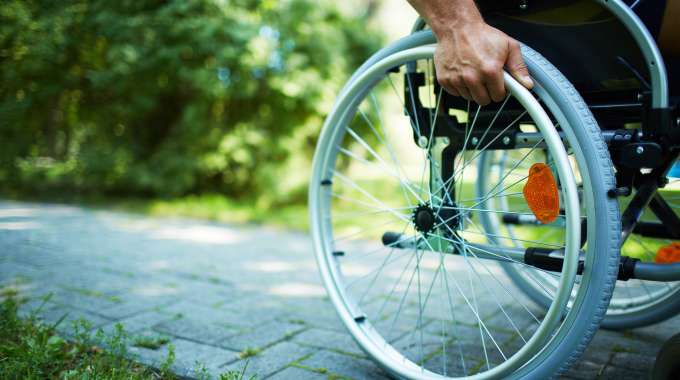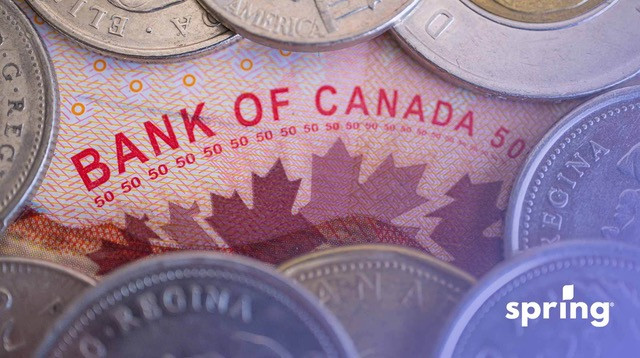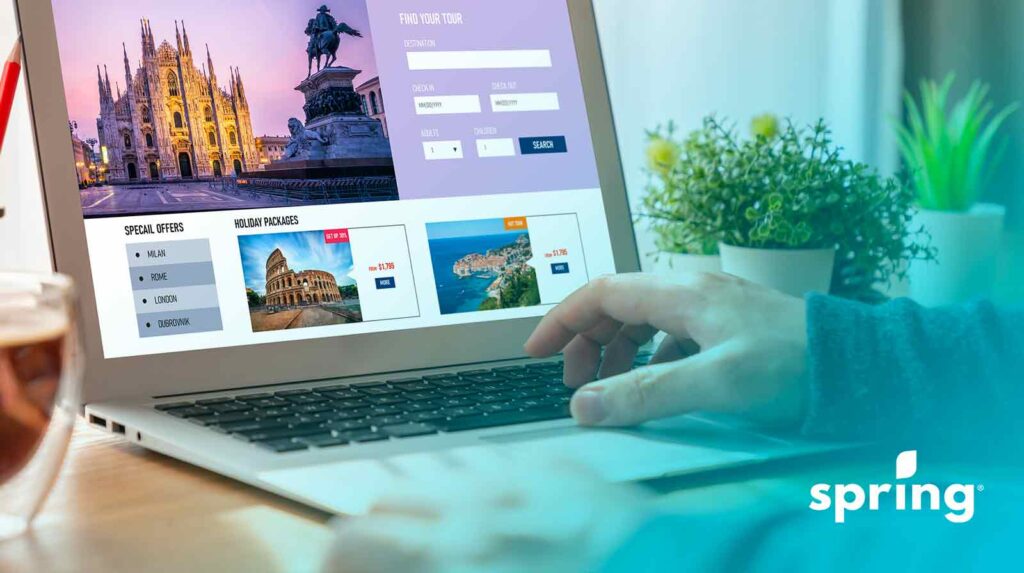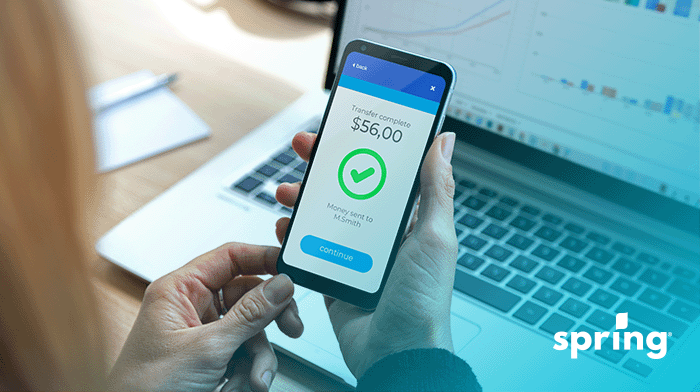When it comes to FPT payments, it’s important to note that they all won’t arrive on the same day. Each benefit that falls under this umbrella has it’s own payment dates. Let’s take a look at these financial assistance payments and how they work.
Benefits Under The FPT Umbrella
With FPT payments, it’s important to note that these are payments that you automatically qualify for with your annual income tax return. These include GST/HST payments, Canada Child Benefit payments and some other provincial programs. These include provincial child benefits that are combined with your federal benefits also issued by the federal government.
GST/HST Payments
GST/HST Payments are available to those who fall under the annual income threshold and meet the eligibility criteria which includes being at least 19 years of age. If you aren’t 19, you had to have or had a spouse or common-law partner or you are or were a parent and your child lives or did live with you. You also have to be a Canadian resident.
This is a quarterly payment that is paid in January, April, July, and October. You could receive up to $533 as a single person, $698 as someone who’s married or common-law and $184 for each child under the age of 19. Here’s the income threshold you need to be under on your previous years tax return to qualify.
| Family Situation | Adjusted Net Family Income |
| Individual | $54,704 |
| Individual with one child | $61,504 |
| Individual with two children | $65,084 |
| Individual with three children | $68,664 |
| Individual with four children | $72,244 |
| Married/Common-law couple with no children | $57,924 |
| Married/Common-law couple with one child | $61,504 |
| Married/Common-law couple with two children | $65,084 |
| Married/Common-law couple with three children | $68,664 |
| Married/Common-law couple with four children | $72,244 |
Canada Child Benefits
Another benefit that you can receive with your annual income tax return is the Canada Child Benefit. This benefit is meant to help cover the costs of raising children. Those who are primarily responsible for the well being of children under the age of 18 and are a residen of Canada for tax purposes. That said, you’re unable to get the CCB for a foster child in any month where Children’s special allowances are payable.
In 2025, you can receive up to $7,997 per year for each child under the age of 6. For children over the age of 6, you can receive up to $6,748 per child per year. Any provincial payments that you also qualify are then added to this amount depending on which province you live in. These amounts are then split into tax-free monthly payments.
FPT Payment Dates
When you start receiving Canada Federal Provincial Territorial payments, when you receive them will be based on the which government benefits you qualify for. Here are the direct deposit payment dates for the Canada Child Benefit as well as the GST/HST Tax Credit. You’ll notice one is paid monthly, and the other is paid quarterly.
| 2026 GST/HST Payment Dates | 2026 Canada Child Benefit Payment Dates |
| January 5 | January 20 |
| X | February 20 |
| X | March 20 |
| April 2 | April 20 |
| X | May 20 |
| X | June 19 |
| July 3 | July 20 |
| x | August 20 |
| x | September 18 |
| October 5 | October 20 |
| x | November 20 |
| x | December 11 |
Provincial FPT Programs
When it comes to provincial payments, not all of them fall under the FPT payments. Some of ther fall under other government deposits including the Canada Fed Deposit and the Canada Pro Deposit. Many other tax credits fall under these including the Ontario Trillium Benefit which includes the Northern Ontario Energy Credit, Ontario Sales Tax Credit, and the Ontario Energy and Property Tax Credit.
Here are the provincial benefits that are included in the Canada FPT payments:
- BC Climate Actions Tax Credit
- New Brunswick Harmonized Sales Tax Credit
- Newfoundland and Labrador Income Supplement
- Newfoundland and Labrador Seniors Benefit
- Northwest Territories Cost of Living Offset
- Nova Scotia Affordable Living Tax Credit
- Prince Edward Island Sales Tax Credit
- Saskatchewan Low-Income Tax Credit
- Yukon Government Carbon Price Rebate
BC Climate Action Tax Credit
This is a tax credit that was paid to individuals in BC in order to combat the cost of carbon taxes. You could be eligible for this credit if you were at least 19 years of age, or had a spouse or common-law partner, or were a parent who lived with their child. In a family, no matter your marital status, only one person was eligible to receive this credit.
In order to be able to receive this credit, you also had to fall within the income threshold. This is $41,071 for individuals and $57,288 for families. Being under this amount allowed you to receive the maximum amount which is $504 for you, $252 for your spouse or common-law partner or first child in a single parent family, and $126 for each child. This credit was cancelled on April 10, 2025 when the federal government ceased carbon tax on fuel.
New Brunswick Harmonized Sales Tax Credit
For those who have a low to modest income in New Brunswick, the New Brunswick Harmonized Sales Tax Credit is a tax-free quarterly payment to help offset tax increases. If your annual income is $35,000 or lower than you’ll qualify for the full amount, If your annual income is over $35,000 the credit is then reduced by 2%of the ANI that is over.
If you do qualify for the full amount, you could receive $300 for an individual, $300 for a spouse or common-law partner, $300 for the first child in a single parent household and $100 for each child under 19. This is just on e of the many provincial tax benefits that New Brunswick offers.
Newfoundland and Labrador Income Supplement
Ths income supplement is a tax-free payment for those who are low income or have disabilities and may be impacted by additional provincial tax measures. There are many different factors that will determine the amount you receive, however, the main ones are your Adjusted Net Income as well as your family situation. That said, there are maximum payment amounts that you can receive. These are:
- $520 for single individuals
- $589 if you have a spouse or common-law partner
- $231 for each child under 19
If you’re eligible for this amount, you’ll automatically start receiving it.
Newfoundland and Labrador Seniors Benefit
This benefit is similar to the Newfoundland and Labrador Income Supplement, however, it’s only meant for seniors. In order to qualify you must be at least 65 years of age or married or common-law with one person who’s a senior.
You can receive the full benefit if your annual income is $29,402 or lower. You can get partial benefits if your adjusted family net income is between $29,402 and $41,787.The total maximum benefit is $1,516 annually.
Northwest Territories Cost of Living Offset
This non-taxable amount is intended to offset the cost of carbon tax for those who qualify. When it comes to the amounts you receive, everyone receives the same base amount or basic benefit. This is $416 per adult and $480 per child. The regional heating amounts are different for everyone. They’re based on which zone you live in.
| Zone 1 | Zone 2 | Zone 3 | |
| Adult | $441 | $451 | $470 |
| Child | $505 | $515 | $534 |
Nova Scotia Affordable Living Tax Credit
The Nova Scotia Affordable Living Tax Credit is fully funded by the Nova Scotia government. It’s a tax-free amount meaning it isn’t considered taxable income for income tax purposes. It’s offered to low and modest income residents that offset the HST increases. It’s also meant to help provide additional income for those who need it.
If your annual income is under $30,000, then you could receive the maximum annual amount which is $255 for an individual or couple and $60 per child. If your income is over $30,000 annually, then its reduced by 5% of the income that’s over.
Prince Edward Island Sales Tax Credit
This is another tax-free benefit that’s meant to offset the tax increase. For those who earn under $30,000 you could receive an annual credit of $110 plus $55 for an eligible spouse or dependant. Those who earn over $30,000 could also receive a 0.5% supplement up to $55. If your family net income is over $50,000, then your amount will be reduced by 2% of the amount thats over.
Saskatchewan Low-Income Tax Credit
Like many of the provincial tax credits that we’ve already discussed, the Saskatchewan Low-Income Tax Credit is fully refundable and designed to help supplement income of those with low and modest incomes.
For 2025, the amounts for these benefits have been increase. The maximum adult component and the spouse/equivalent component is now $429 each. The maximum amount for $169 per child with a maximum of $338 per family. You need an annual income below $38,590 in order to get the maximum amount. Eligible families can get a maximum of $1,196 annually.
Yukon Government Carbon Price Rebate
The Yukon Government Carbon Price Rebate was a little different than other rebates, it was calculated based on percentage. For yukon individuals, this percentage was 36.5%. Since the federal government has ended the federal consumer pricing program, this program is being phased out, and the final payments will be administered sometime in 2025.
Payment Dates for Canada FPT Provincial Payments
Since all of the provincial payments above are paid by the Canada Revenue Agency alongside the GST/HST (Goods and Services Tax/Harmonized Sales Tax) credit, they’re all quarterly payments. These payment dates for 2026 are:
- January 5
- April 2
- July 3
- October 5









